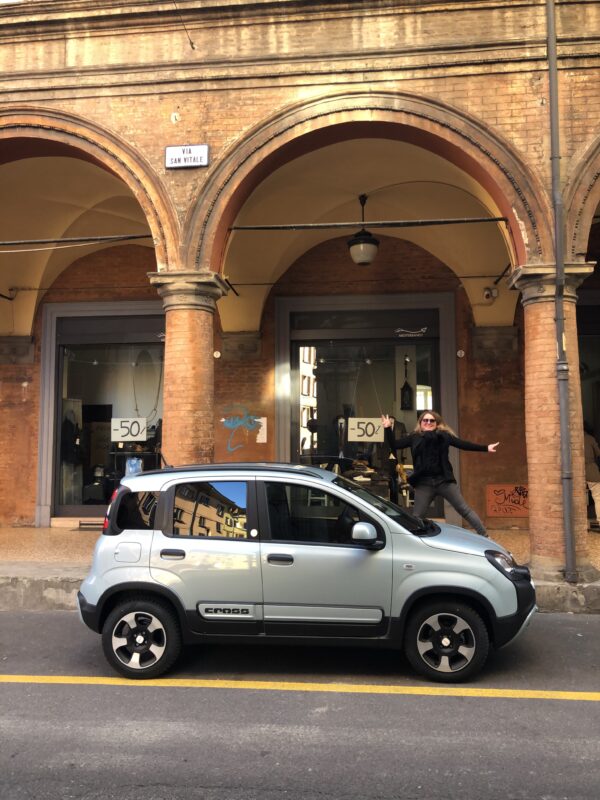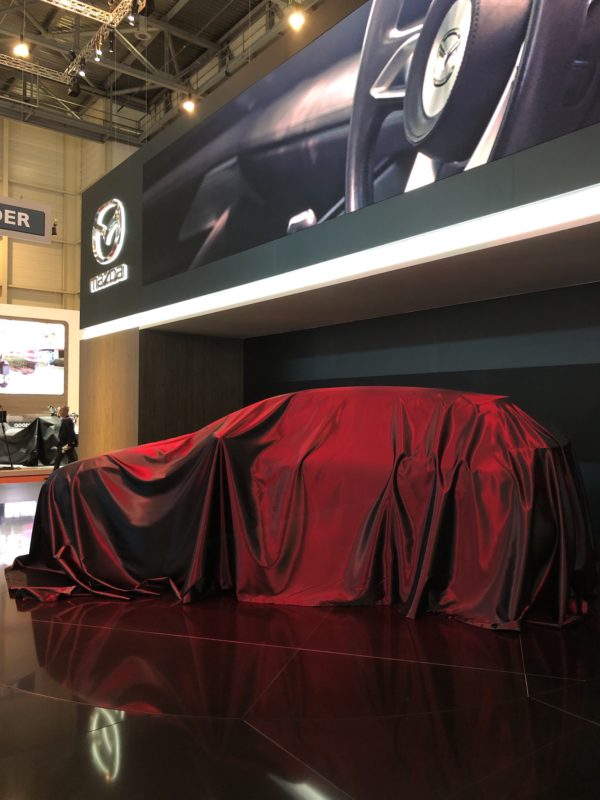Lots of celebrations and of course collaborations…. as this year we celebrate the 100th anniversary of the Bauhaus movement. It was exactly the lively Bauhaus school of ideas that served as inspiration for the Mazda designers to design the new Mazda3. ‘Form meets function’ or even ‘Car as art’, are some ways in which the new Mazda3 can be described.
Text Anja Van Der Borght
“’Less is more’ really was the starting point in designing the new Mazda3”, Jo Stenuit, Design Director at Mazda Motor Europe, tells. “We tried to remove all excessive elements and wanted to express designwise the whole form in one simple motion. In order to make this clear I will tell you how we at Mazda develop our designs.”
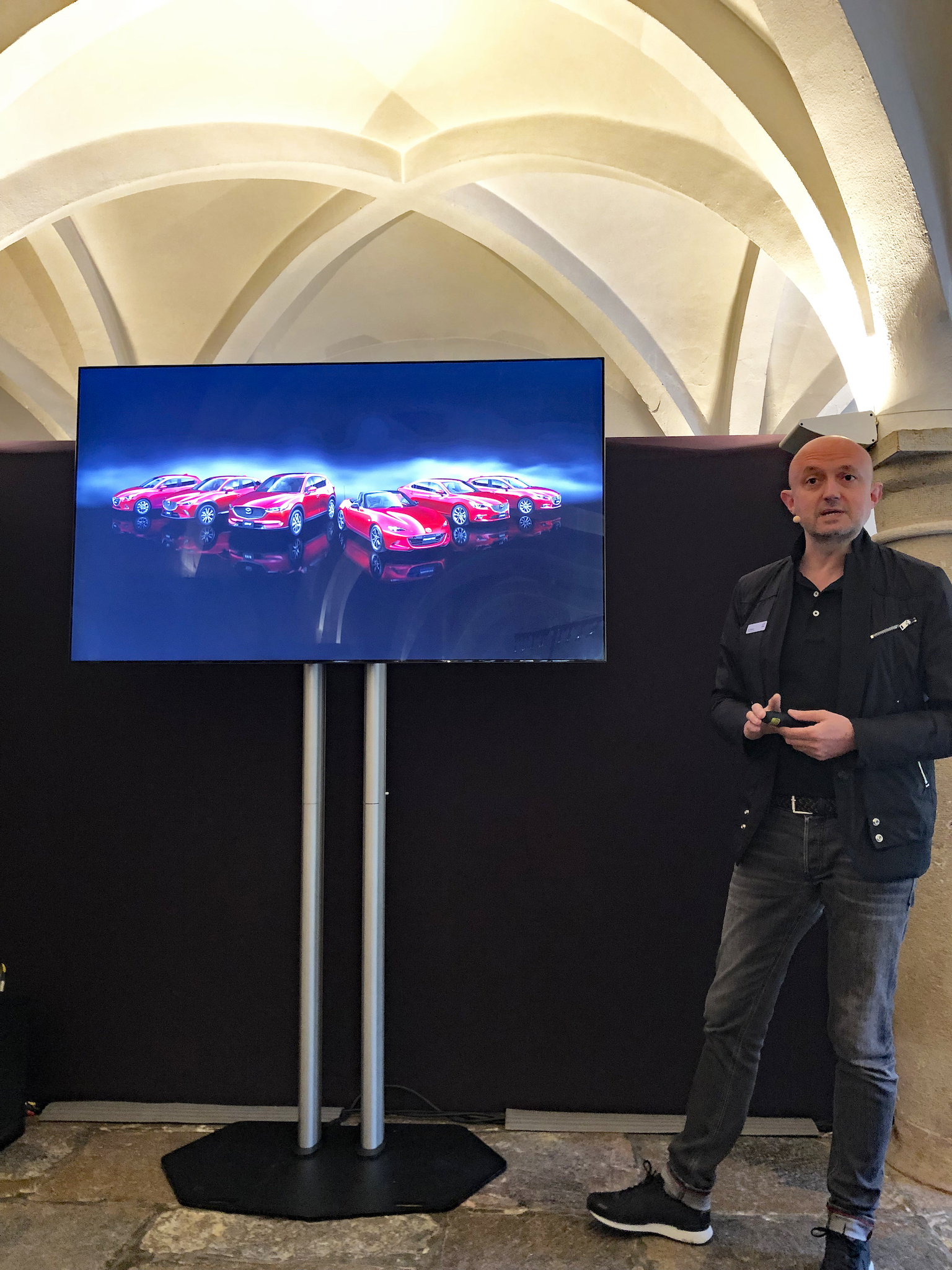 Jo Stenuit, Mazda Design Director Europe. Photo WOWwatchers
Jo Stenuit, Mazda Design Director Europe. Photo WOWwatchers
“Every car company has a design philosophy that it follows through developing the design of its cars”, Jo Stenuit tells. “We at Mazda have a design philosophy called “Kodo soul in motion” which we started in 2010. We don’t have a rulebook that says the front of the car has to look like this, the rear like that and the side more as such… The philosophy means that we are a bit flexible within the Kodu design philosophy, so we don’t have a copy paste kind of mentality like some other brands have. The whole idea of Kodo is to breathe life into the car that means when you see the car you should have a feeling that it’s moving even when it’s standing still.”
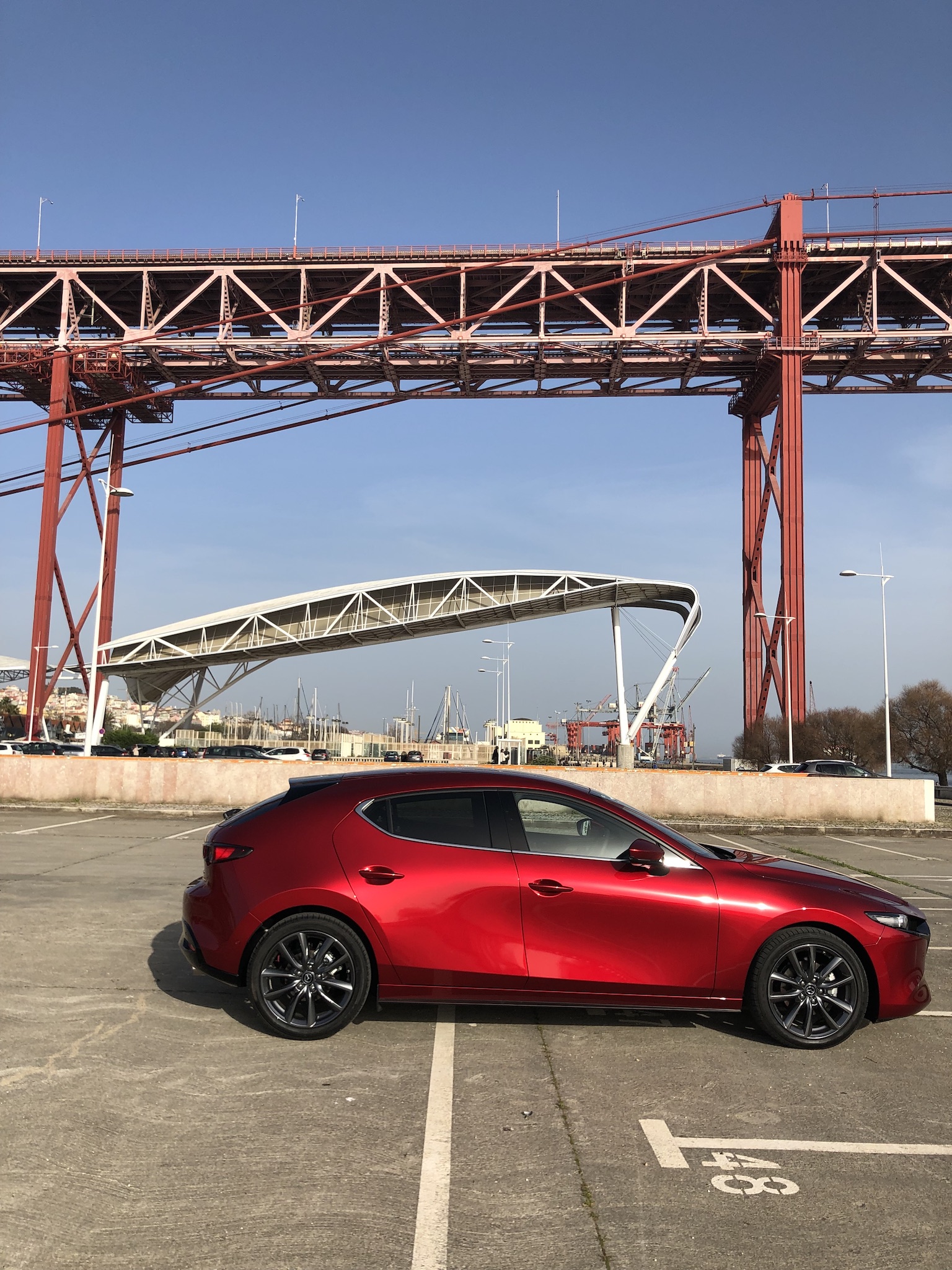 Photo WOWwatchers
Photo WOWwatchers
Jo Stenuit, Design Director at Mazda Motor Europe: “The whole idea around the new Mazda3 was to breathe life into the car. That means when you see the car you should have a feeling that it’s moving even when it’s standing still.”
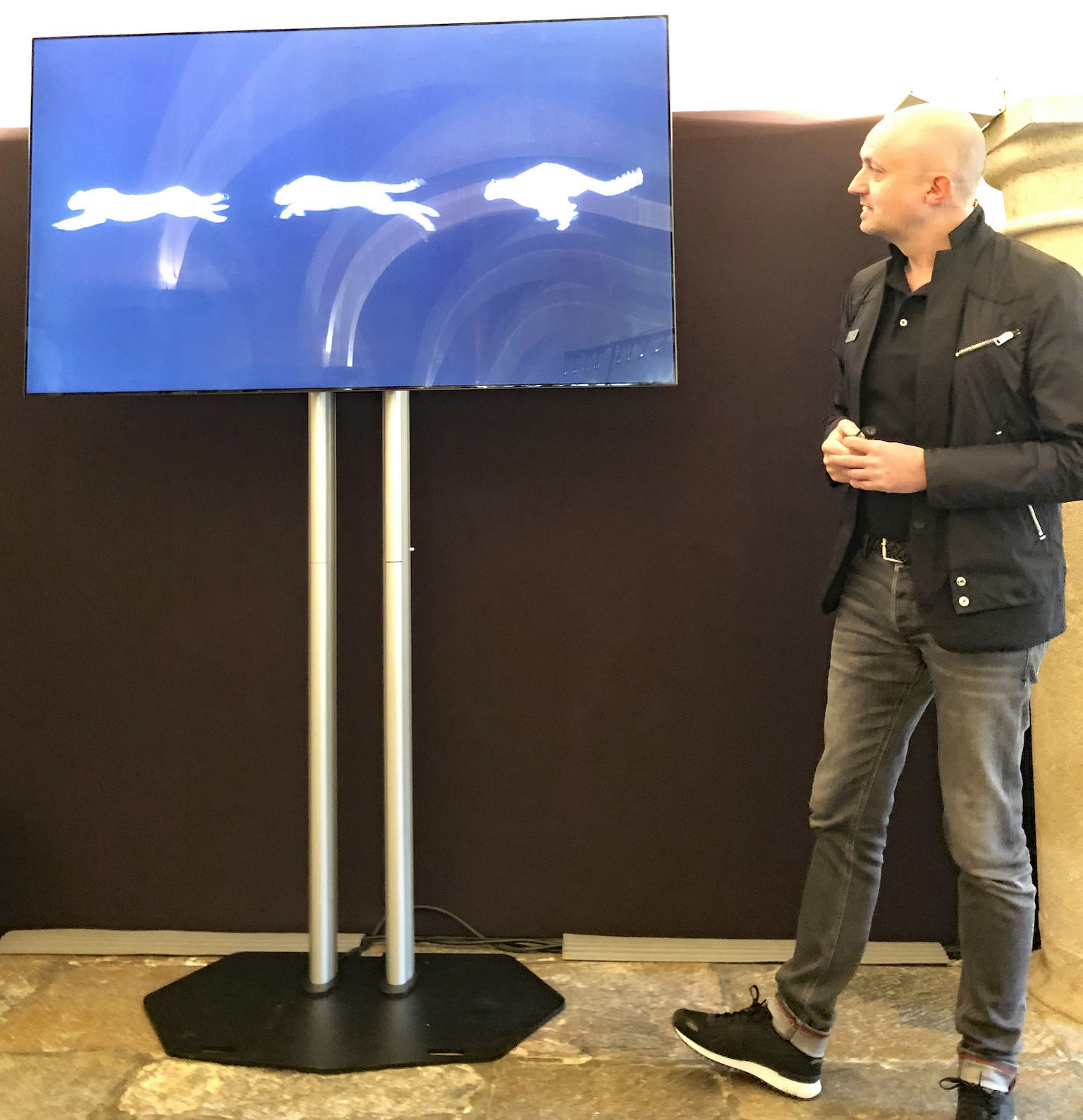 Jo Stenuit, Mazda Design Director Europe. Photo WOWwatchers
Jo Stenuit, Mazda Design Director Europe. Photo WOWwatchers
“In the very beginning in 2010, we used wild animals as an inspiration, and especially the cheetah. So we looked at the cheetah, how its body is built, the shape of its body when it is leaping, … We looked at the power in the rear, how it is focusing on its prey, and of course we didn’t just put wheels on the animal, but we made it as an abstract and used it as an inspiration for a whole family of cars. And you see it is a family because we have elements from everywhere. We don’t do just copy paste… within the Mazda family every car has its own character, just like in a normal human family.”
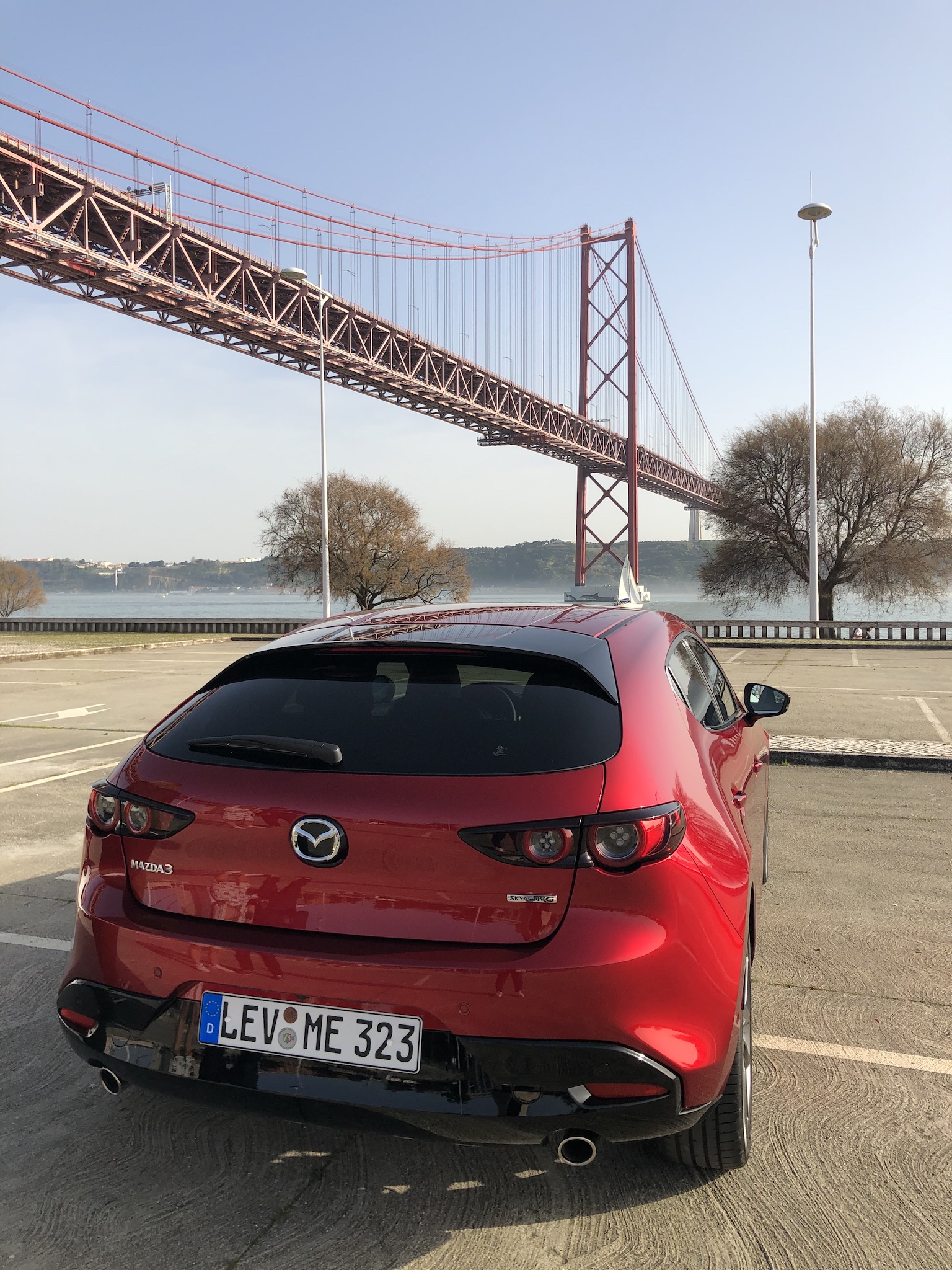 Photo WOWwatchers
Photo WOWwatchers
“So that was partly the previous generation”, Jo Stenuit tells. “For the new Mazda3 the big question was how to develop Kodo… how to make our recipe even better. We decided to push the design quality into the level of art. That doesn’t mean that every car that we produce should go into a museum, and should be seen as a piece of art, it is more the way we develop our designs, the way we work with clay modellers like Johannes Collopy (click here to discover more about him) that relies on the unique artistic skills of the designers and craftsmen. So within Mazda, the clay modellers play a very important role, because they are a real part of the design process. Sometimes they even start before the designers actually start. They make a sculpture, they express how they think a car like the next Mazda3 should look. Interesting to see is that they bring not only their own tools, but also their own personality, and we want that personality to be reflected in their work. In that respect we differ from other car companies. At Mazda it is not like in other companies where the designer tells what the clay modeller has to do, but the clay modellers at Mazda are also creative, and put their own passion into the modelling. We do a lot of handmade, which might sound a bit more oldfashioned, but we believe that using clay, using hands, using handmade tools is the only way to create unique surfacing like we do. It is a very intricate, very sensitive kind of surfacing, and the target of our modellers is to create a very pure and elegant kind of design but with the Kodo vitality. This means that yes we want it pure, but we also want it to be dramatic and dynamic at the same time. And how do we do this? Well by the artistic manipulation of light which we think is only possible by human hands. Basically, you can recognize the shape of the form by the way it reflects lights. And normally a normal car has a constant section from the front to the rear, and reflections are constant on the side of the car. You have one section that runs from the front to the rear, and normally on the top you have a reflection of the sky, on the bottom a reflection of the road, and in between you have the reflection of the environment. We at Mazda do something completely different. We play with the surfaces to make sure that the reflections are completely different from normal. With a kind of sculpturing, the reflection of the environment is I would not say random but it is actually more alive. It is not like constant. So if you would start turning this modelling then you would see that these reflection would start dancing on the surfaces, kind of bringing the car to life.”
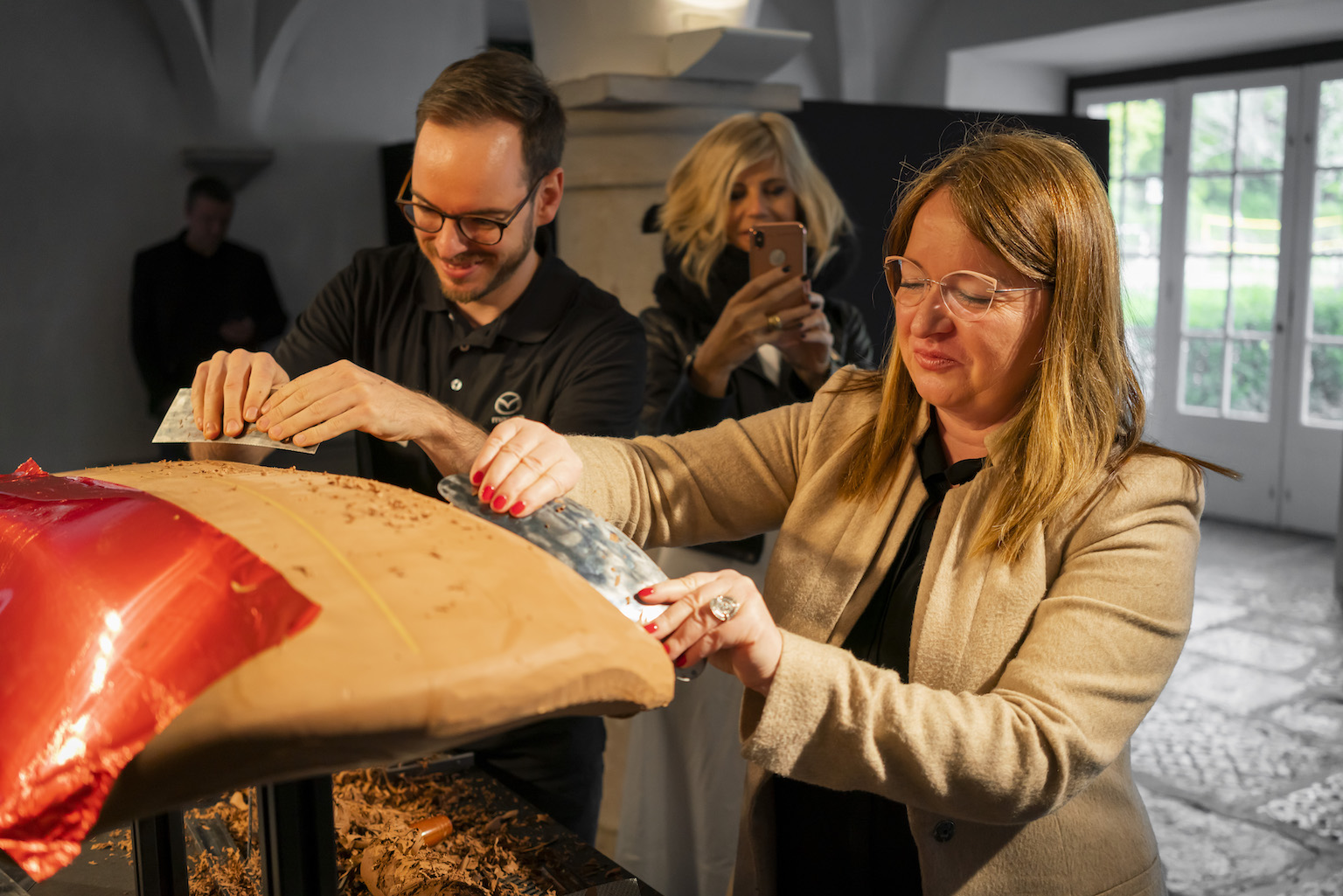 Photo © David LF Smith
Photo © David LF Smith
Jo Stenuit, Design Director at Mazda Motor Europe: “A good clay model can already imagine what happens when the car is finished.”
 Tokyo by night Photo WOWwatchers
Tokyo by night Photo WOWwatchers
“Not sure if you have been to Tokyo yet”, Jo Stenuit tells. “It is a really cool place but there is a kind of overload of graphics, noise, colour, music,… Some Japanese car companies use this as an inspiration to design cars; we look at the more minimalistic side of Japan, more traditional, poetic kind of Japan, with its minimalistic aesthetic so we try to make dramatic looking cars by using the least possible elements.”
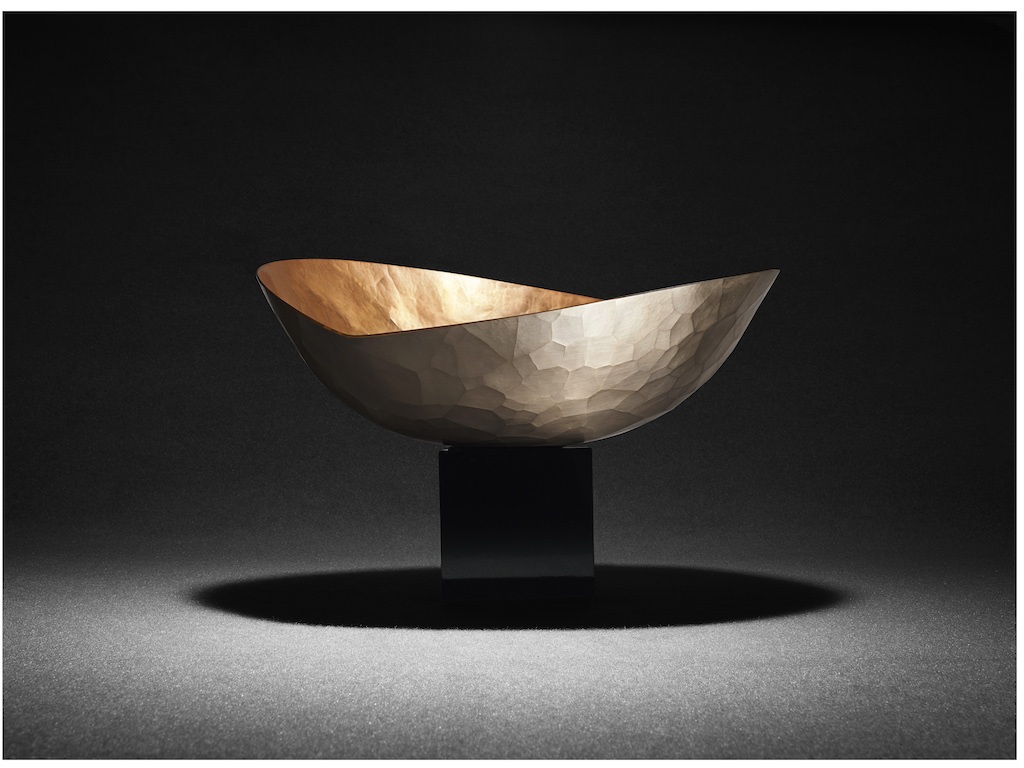 Mazda Kodoki winecooler Photo Mazda
Mazda Kodoki winecooler Photo Mazda
“This winecooler is a good example”, Jo tells. “Because we always talk about less is more, which comes from Bauhaus. Now a Bauhaus bowl would be straight top, straight sides, and would be more of an industrial, mathematical ‘less is more’, what we have here, if you look from far it is relatively simple, but you can see the top line already, it is very dynamic, you also see the texture, the texture is actually telling the story of how this bowl has been made, it is hit by a crafsman for days or weeks, to get it into shape, so it tells us a lot more than for even for one to see at first sight. And as I said, I am always very happy to work for a Japanese company because as a designer, the inspiration is just never ending, every day within the Japanese culture you can find inspiration that we use even to design cars.”
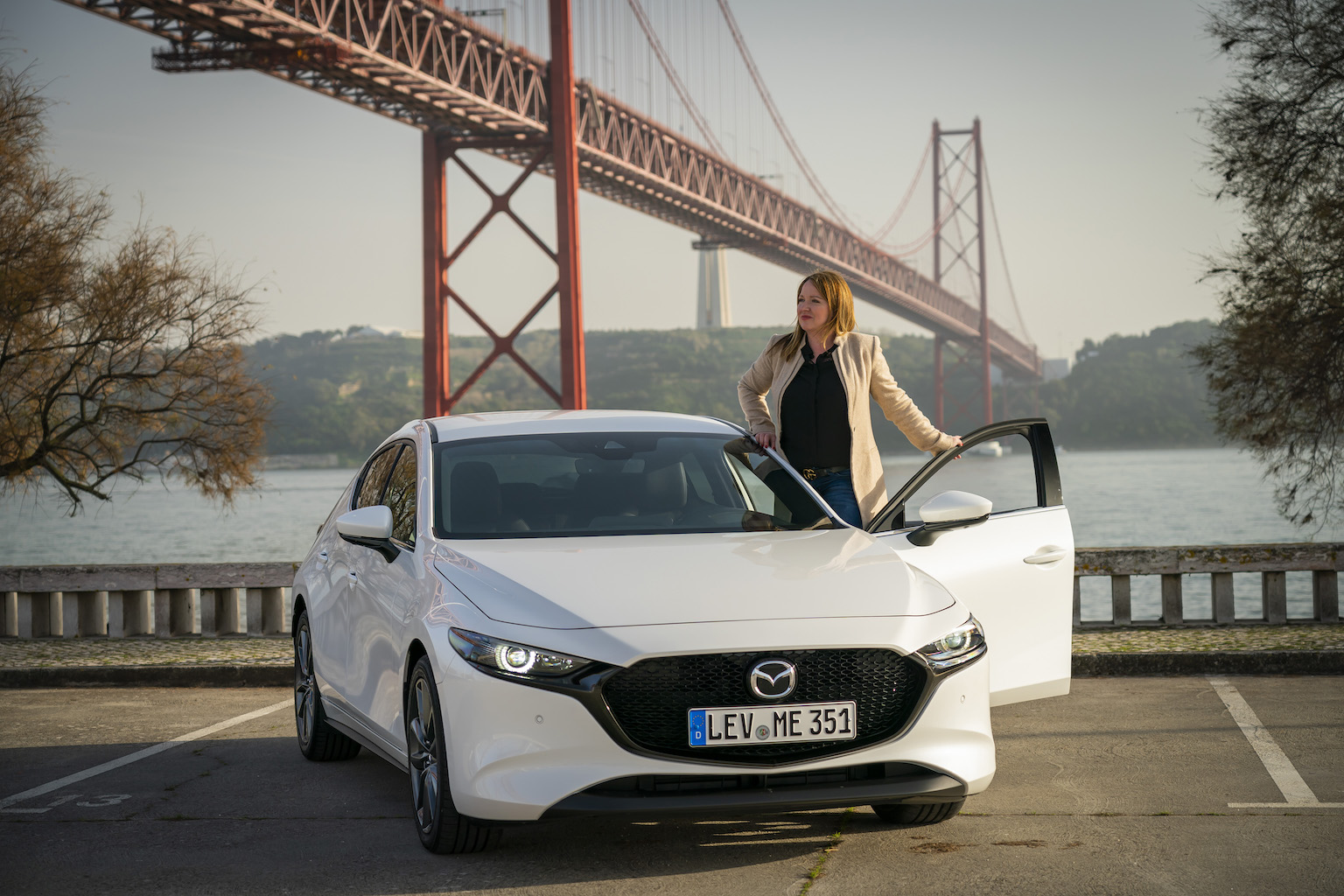 Photo © David LF Smith
Photo © David LF Smith
“To know more about our design philosophy you have to look at the ‘RX vision’ and ‘Vision Coupé'”, Jo tells. “These two concept cars are one-offs, so they are built by hand, and they are always there for companies to show what their vision is for the future. We won won a lot of design awards for these cars and both of them were the most beautiful concept car of the year at the Paris Motorshow. Why is this important? Because both of these cars are the bookends of our design philosophy, so they are two end between which we will design all our cars, for this generation.”
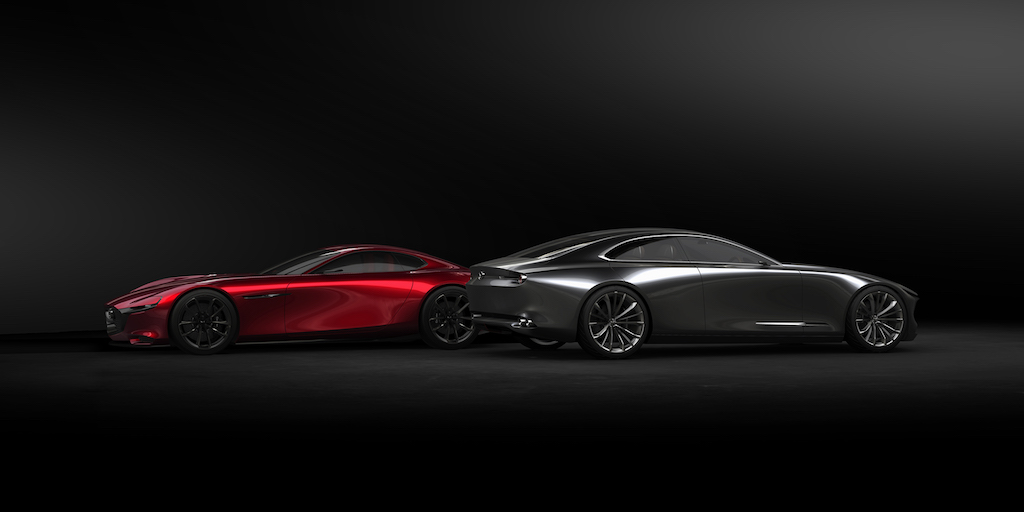 Mazda RX-Vision (left) and Mazda Vision Coupé (right) Photo: Mazda
Mazda RX-Vision (left) and Mazda Vision Coupé (right) Photo: Mazda
“So on one side you have the Vision Coupé, with its very elegant and mature kind of expression of the core of the design language, in Japanese we call it RIN which is all about purity and elegance”, Jo tells. “On the other side we have ‘EN’, which is more about fire, sexyness, red, sporty, and that we used for the RX-Vision. So you can clearly see it is the same philosophy but with two different expressions. And as I said, we will design all of our cars somewhere between these two. For instance the new Mazda CX-30 has been designed somewhere in between. One exception is the Mazda 3, because we used actually the two bookends. For one side we used the RX-Vision for the hatchback, which is very sporty, fiery, and on the other hand, for the sedan we used the RIN expression, which is a lot more mature and elegant.”
And here again Mazda shows how it dares. Using two extremes in designing the sedan and hatchback of the same model. Probably one of the reasons of the success of the Japanese brand the last years.
